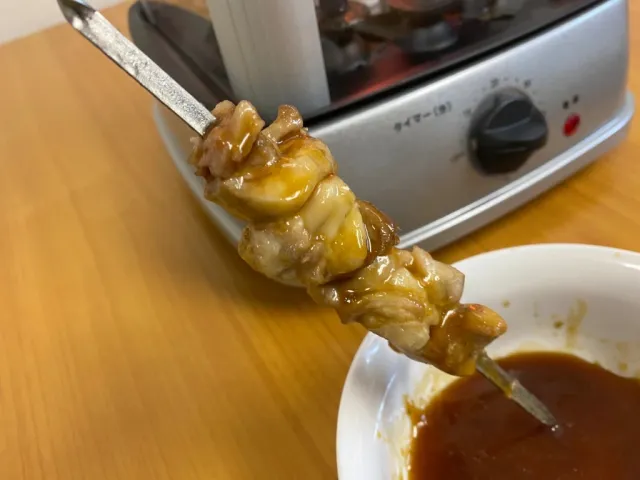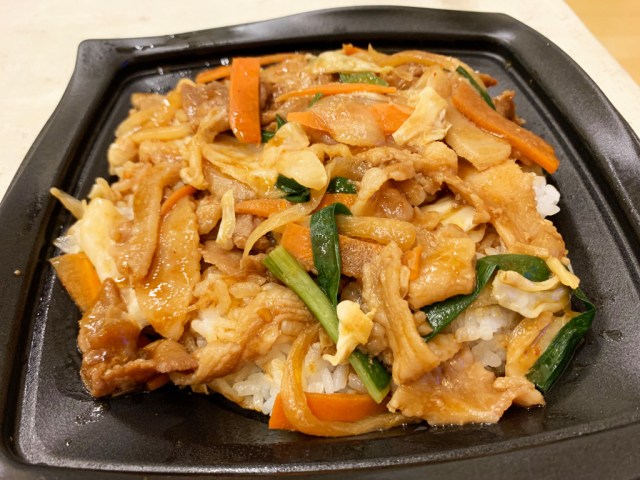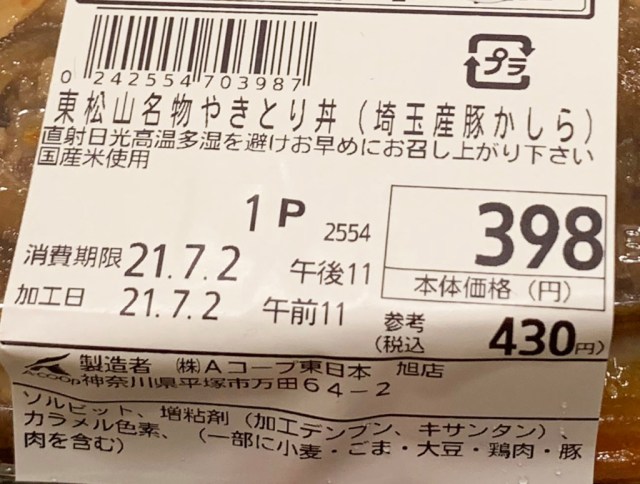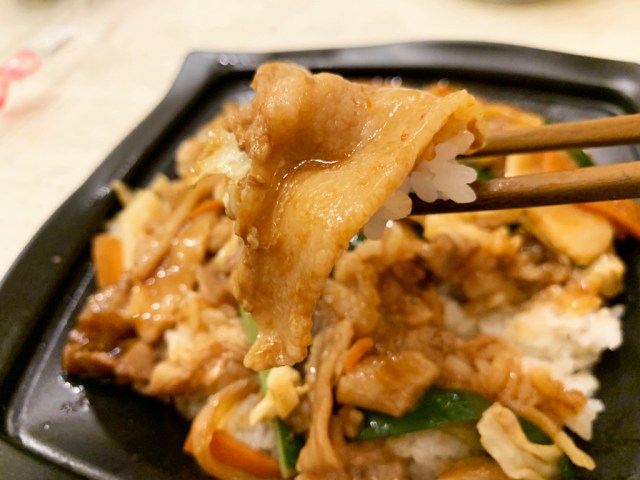The strange part of Japan where “grilled chicken” doesn’t always mean “chicken”

This yakitori bowl is suspiciously lacking in tori.
Japanese can be a tricky language in certain ways, but in others it’s pretty straightforward. For instance, once you know that yaki, means ”grill,” and tori means “bird”/”chicken,” it’s pretty easy to understand that combining the two as yakitori gives you the word for those delicious grilled chicken skewers you can find at Japanese restaurants and food stalls.
▼ Yakitori

Our Japanese-language reporter Seiji Nakazawa is a huge yakitori fan, so much so that whenever he goes into a supermarket, the first thing he does is check the ready-made food corner for yakitori. So on a recent trip to a branch of grocery store chain A-Coop, he was happy to find a yakitori rice bowl, topped with a generous portion of marinated meat!
Except, when he removed the lid and took a look, the meat didn’t look like chicken. Sure, it was seasoned with a glaze, like yakitori often is, but instead of chunks, the meat was in strips, a shape you don’t really associate with poultry.

Thinking he might have made a mistake, he looked at the label on the lid again, but sure enough, it said “yakitori.” Specifically, it said “Higashi Matsuyama’s Famous Yakitori Bowl,” Higashi Matsuyama being a city in Saitama Prefecture, Tokyo’s neighbor to the north.
▼ やきとり = yakitori

“Huh,” thought Seiji, until he read a little further and his confusion was cleared up…

…since the complete product name is:
Higashi Matsuyama’s Famous Yakitori Bowl (Saitama-raised Pork Head)
Yep, the “grilled chicken” bowl Seiji had bought contained no chicken, and instead was made with pork, likely cheek or ear. This wasn’t the result of a kitchen mix-up, either, as Seiji asked a store clerk and they told him “Oh, yeah, Higashi Matsuyama’s representative cuisine is their ‘yakitori,’ which is actually made with pork head.”
But that answer just left Seiji with a bigger question: Why? The city of Higashi Matsuyama’s website didn’t provide any clues, so Seiji got on the phone and called their Commerce, Industry and Tourism Division.

“People in our city started calling pork head meat yakitori sometime around 1955,” the representative who took Seiji’s call explained. “Meat in general was expensive in those days, but a lot of people didn’t eat pork head, so it was lower-priced. Food stall vendors started selling grilled skewers of it and people called it yakitori.”
While that covered the “when” and “how” aspects of the local name’s beginning, but still didn’t really answer why people called it yakitori when it contained no chicken. Unfortunately, the representative didn’t have any concrete information, but it’s not too hard to imagine a plausible scenario. In the 1950s, Japan was still recovering from the aftereffects of World War II, which was preceded by an economic boom accompanying the imperial expansion of the early-1900s Taisho era. When budgets are tight, you sometimes have to broaden your palate to include things you wouldn’t want to eat if you could afford more luxurious fare. Psychologically you might be able to make it seem more palatable if you season and cook it like something you’d rather be eating instead, and if you call it by the same name too, it’s another technique for tricking your brain into enjoying the meal.

But once they got over the mental hang-up, apparently the people of Higashi Matsuyama found that pork head tasted pretty good. It’s stuck around as part of the local food scene and retained its “yakitori” name, though now it’s out of tradition instead of any ostensible attempt at subterfuge.
And Seiji has to admit, his Higashi Matsuyama’s Famous Yakitori Bowl tasted great, with a joy-delivering sweet miso glaze that dripped down into the rice to keep the sensation going for the whole meal, with a resemblance to twice-cooked pork.
In addition to Higashi Matsuyama, there’s one other part of Japan, the town of Muroran in Hokkaido, where “yakitori” means “pork head.” But after trying the Higashi Matsuyama version, Seiji is less concerned about what his food is called as long as he can call it delicious.
Photos ©SoraNews24
● Want to hear about SoraNews24’s latest articles as soon as they’re published? Follow us on Facebook and Twitter!
Credit:

0 comments: